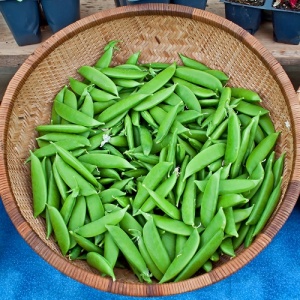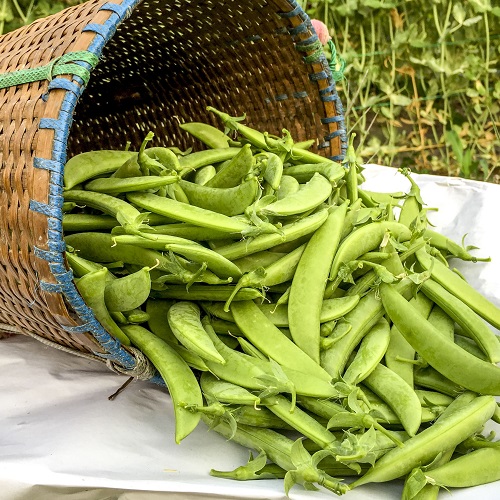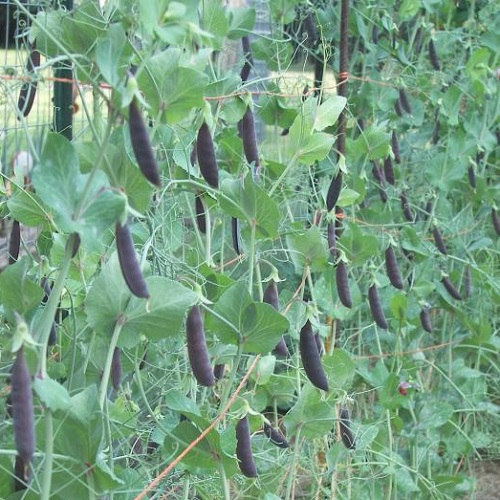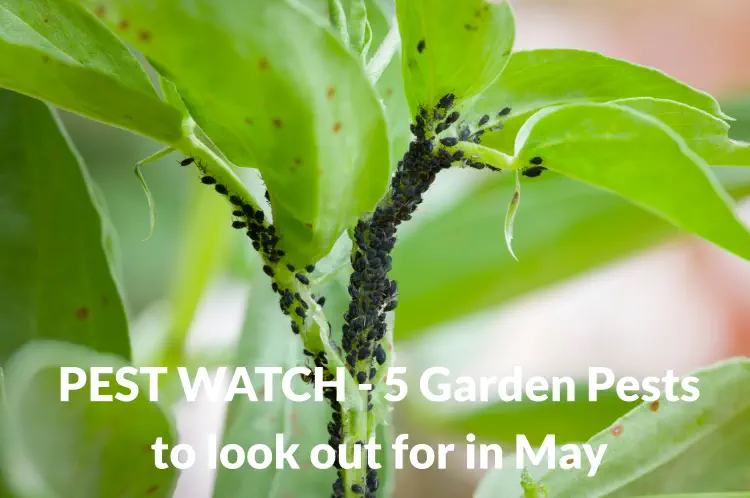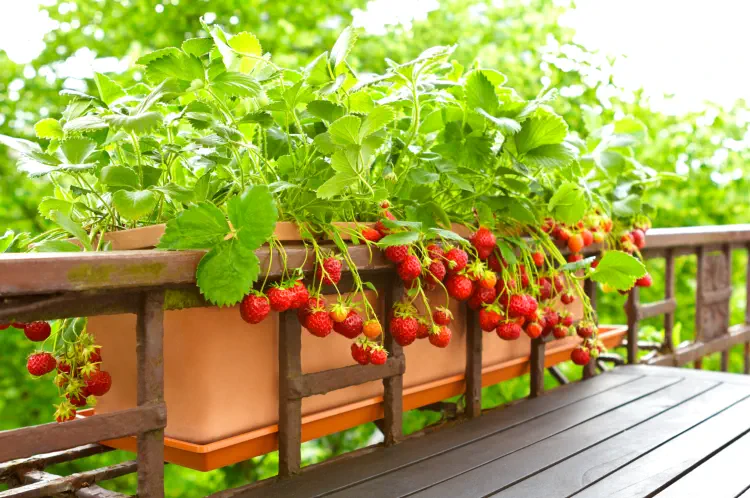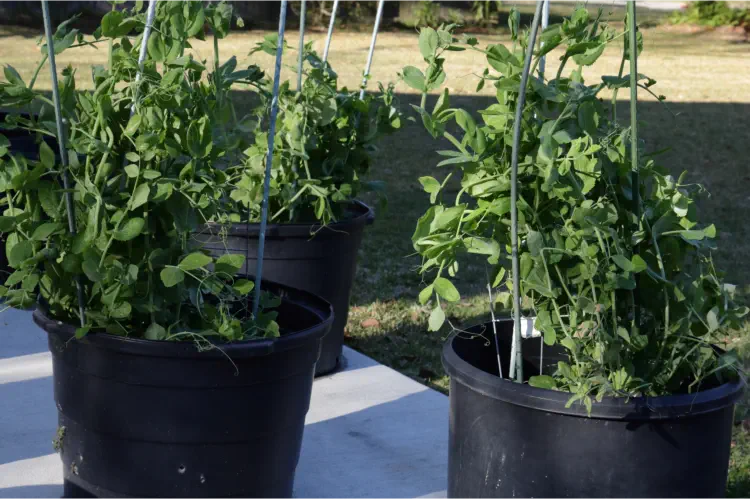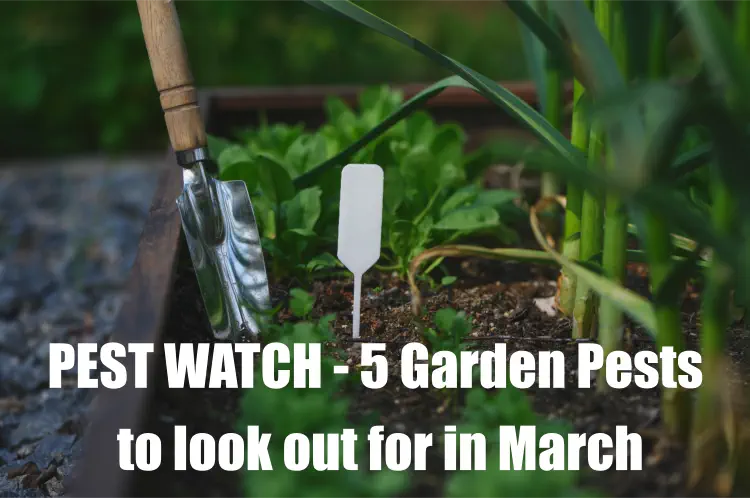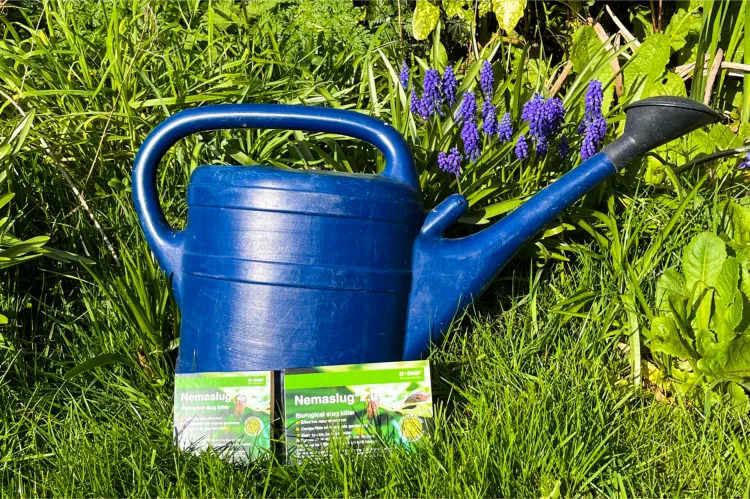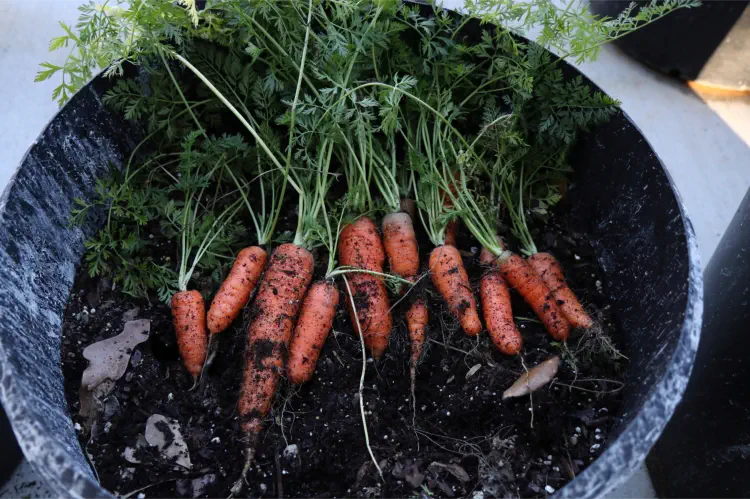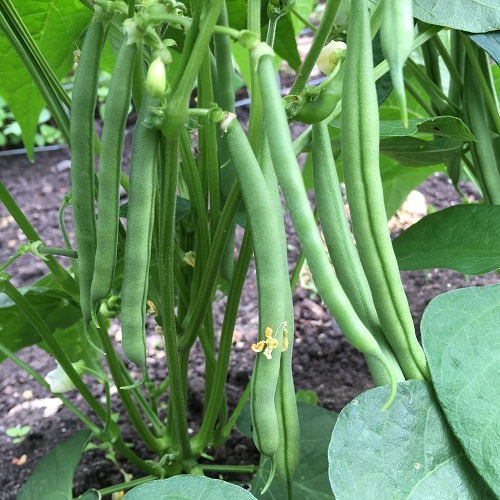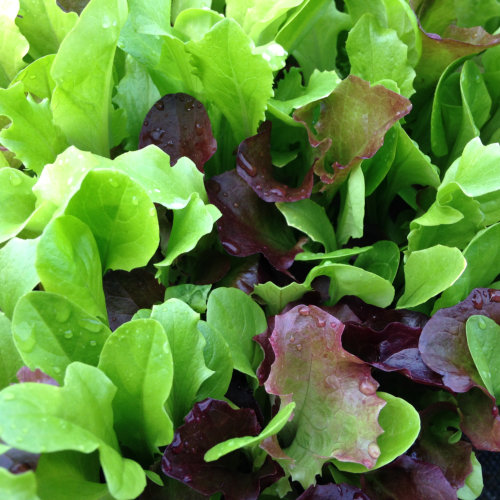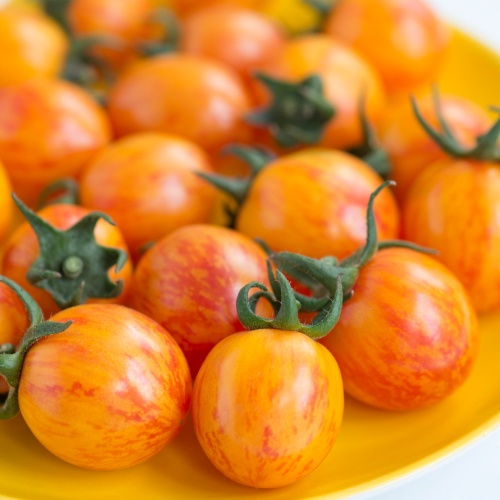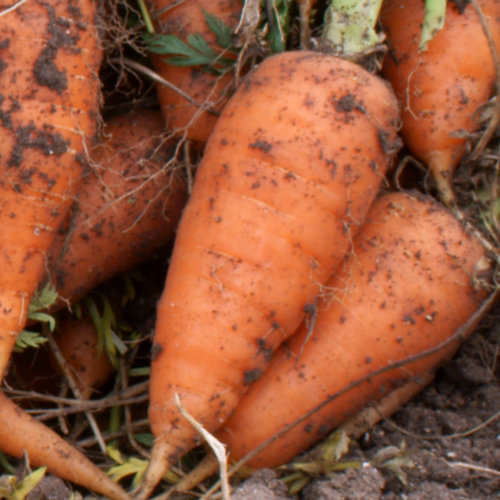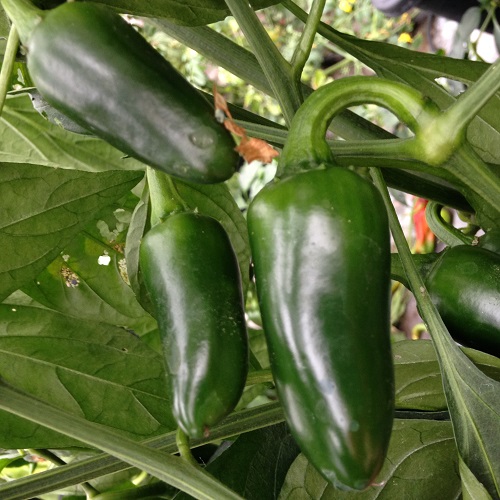As spring unfolds and the garden bursts into life, May heralds a time of vibrant growth and abundant blooms. However, amidst the verdant splendor, gardeners must remain vigilant against the resurgence of common pests eager to feast on tender foliage and burgeoning crops.
How To Grow Sugar Snap Peas: Tips and Best Seed Varieties
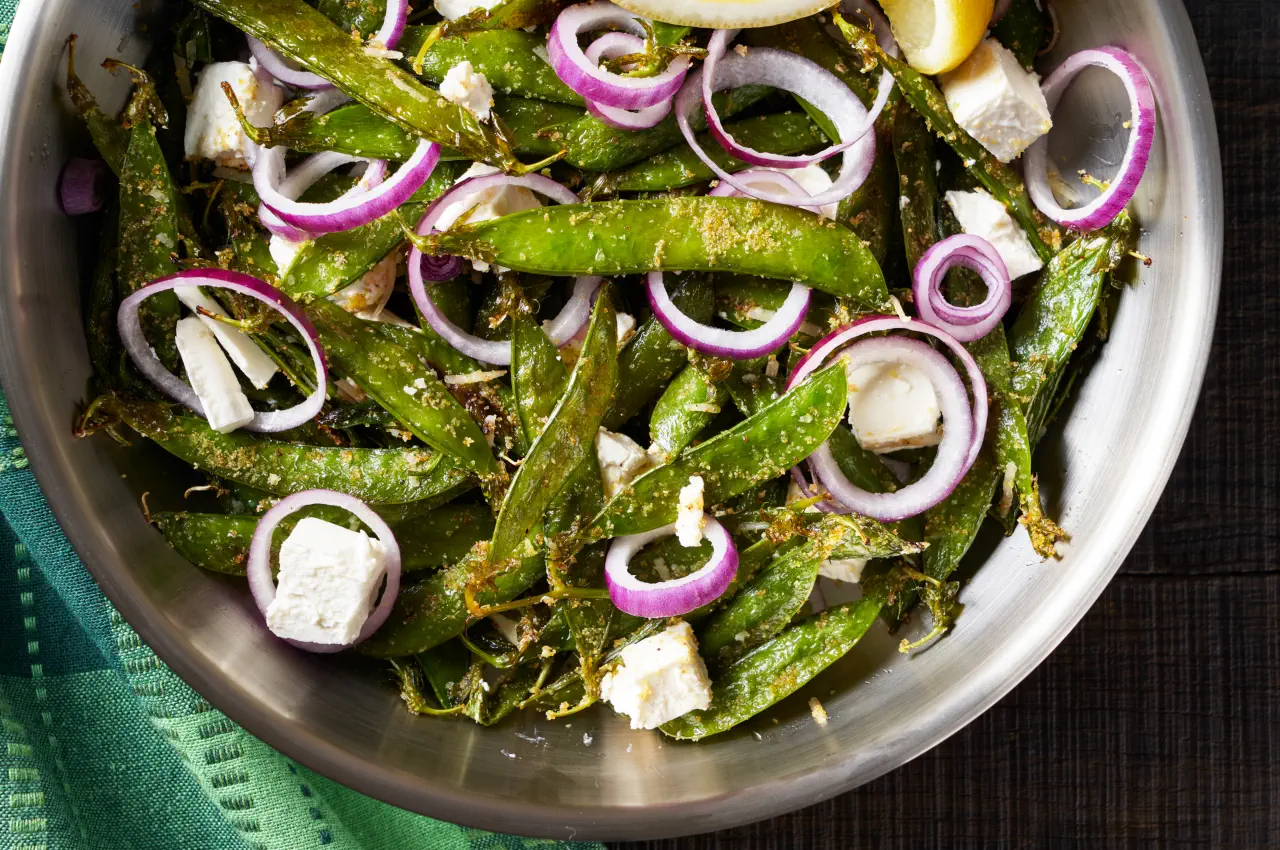
Discover the joy of harvesting your own sweet and crunchy sugar snap peas right from your garden! In this blog post, we delve into everything you need to know about growing these garden favourites - from selecting the best varieties, to offering practical tips, up to reinforcing ideal cultivation practises.
Choose your Snap Pea Seeds Varieties
When it comes to selecting the right snap pea variety for your garden, several factors should be taken into consideration. Different varieties have distinct characteristics in terms of taste, size, growth habit, and disease resistance. By choosing the right variety, you can ensure a bumper crop and a rewarding gardening experience.
Lusaka is a very sweet high yielding sugar snap variety.....
Average Contents : 40g seeds
This variety boasts a quick maturity period.....
Average Contents : 40g seeds
Purple Magnolia is a unique Sugar Snap variety.....
Average Contents : 40g seeds
When selecting snap pea varieties, take note of each one's specific requirements regarding trellising needs, soil type preferences, and climate adaptability. Some varieties may perform better in cooler climates, while others thrive in warmer regions. Consider your growing conditions and choose accordingly.
It's worth noting that some varieties of snap peas are designated as dwarf or bush types. These compact varieties don't require trellising and are well-suited for smaller gardens or patio containers. However, they generally produce a smaller yield compared to their vining counterparts.
Don't be afraid to try new options and discover your personal favourites!
Choosing Your Planting Location
When selecting a location for your snap peas, keep in mind that they prefer full sun but can tolerate some afternoon shade. Aim for at least six hours of direct sunlight each day. Check out your garden or veg plot for an area that receives ample sunshine and fits these requirements.
Additionally, it's important to choose a planting location with well-draining soil. Excessively wet soil can promote the development of root rot and other fungal diseases that may harm your snap pea plants. If you have heavy clay or poorly draining soil, consider growing snap peas in raised beds or containers to ensure adequate drainage.
As you identify potential planting locations, consider factors such as proximity to water sources for easy irrigation, protection from strong winds that can damage delicate vines, and potential support structures like trellises or fences that will be necessary for your snap peas to climb on as they grow.
Preparing the Soil and Planting Snap Peas
Before you start planting snap peas, it is crucial to ensure that your soil is prepared properly. Snap peas prefer full sun and well-draining soil, so choosing the right location and preparing the soil accordingly will set the stage for a successful growing season.
To begin, carefully remove any weeds or debris from the area where you plan to plant your snap peas. This will help minimise competition for nutrients and reduce the risk of pests and diseases.
Once the area is cleared, gently loosen the soil using a garden fork or tiller. This step promotes good drainage and allows the roots of your plants to establish themselves easily. Be cautious not to overwork the soil, as excessive tilling can lead to compaction.
While snap peas are generally adaptable to various soil types, they thrive best in loamy soil with a pH level that is slightly acidic to neutral. Adding organic matter, such as compost or well-rotted manure, can improve soil structure and provide essential nutrients for healthy plant growth.
Sowing Sugar Snap Peas
How to sow sugar snap pea seeds outdoors:
- Prepare the soil by removing any weeds and large clumps of soil.
- Make holes that are 2cm deep and 5cm apart.
- Fill each hole with water and place a pea seed or two in the hole.
- Cover the seeds with soil and water well.
How to sow sugar snap pea seeds indoors:
- Fill small pots with compost, leaving 2-3 cm between the top of the compost and the rim of the pot.
- Push 3-4 seeds into the compost in each pot, so that they aren't touching each other.
- Water well and place the pots in a sunny spot.
- Keep the compost moist and transplant the seedlings outdoors when they are 12-15 cm (4-5") tall.
Some gardeners may debate whether starting sugar snap pea seeds indoors and transplanting them later is more efficient than directly sowing seeds in the garden. While both methods have their advantages, direct sowing eliminates any potential transplant shock and decreases the risk of disturbing delicate root systems during transplantation.
Sufficient moisture is crucial for growing sugar snap peas, especially during seed germination. Aim to provide enough water so that the soil remains evenly moist but not waterlogged. Monitor the moisture levels regularly and water as needed.
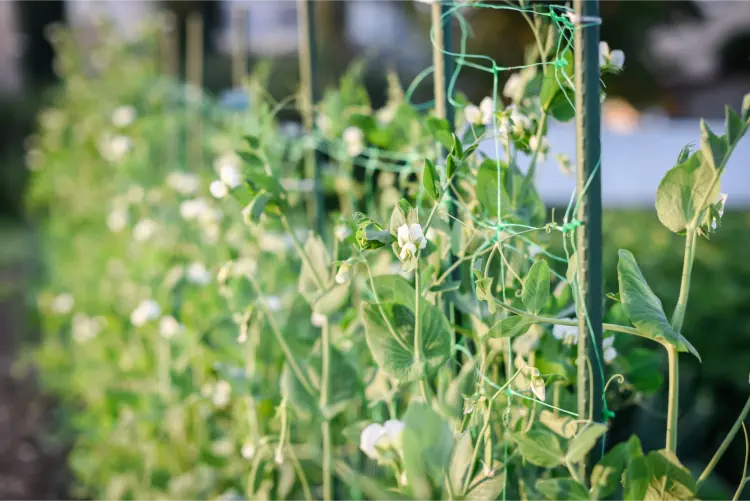
Addressing Common Snap Pea Diseases and Pests
powdery mildew. This fungal infection appears as a white powdery coating on leaves, stems, and pods. To prevent powdery mildew, provide good air circulation by spacing plants adequately and avoiding overcrowding. Regularly monitoring your plants for early signs and applying fungicides when necessary can help control this disease.
Another snap pea disease is root rot, primarily caused by overly wet soil conditions. To prevent root rot, ensure proper drainage in your garden beds or containers. Avoid excessive watering and keep the soil well-draining. Additionally, planting disease-resistant varieties and practising crop rotation can also help mitigate the risk of root rot.
Snap peas are also susceptible to various pests such as pea weevils. Aphids are small insects that feed on plant sap and can distort growth. Introducing natural predators like ladybugs or using organic pest control methods like neem oil spray can effectively manage aphid populations.
Share your Sugar Snap Peas growing hints and tips? Let us know with a comment below....
All blog content on this page is copyright of SimplySeed and is not to be reproduced without prior written permission. ©

